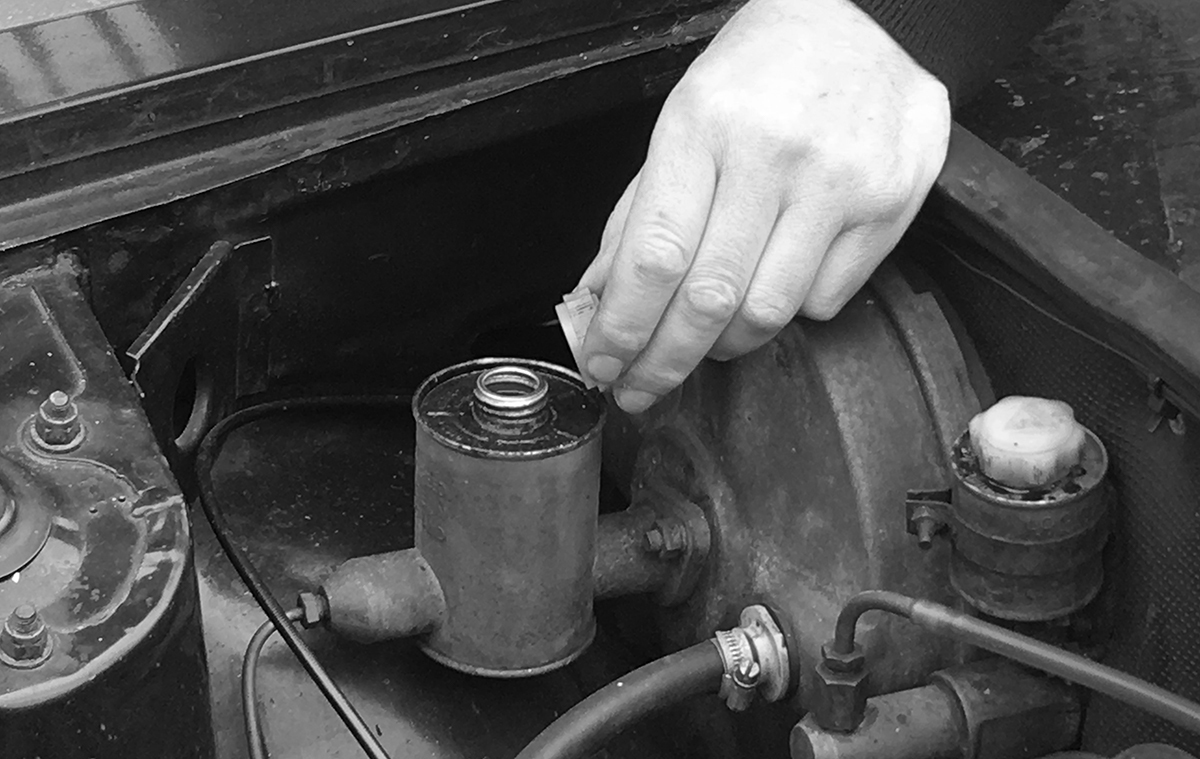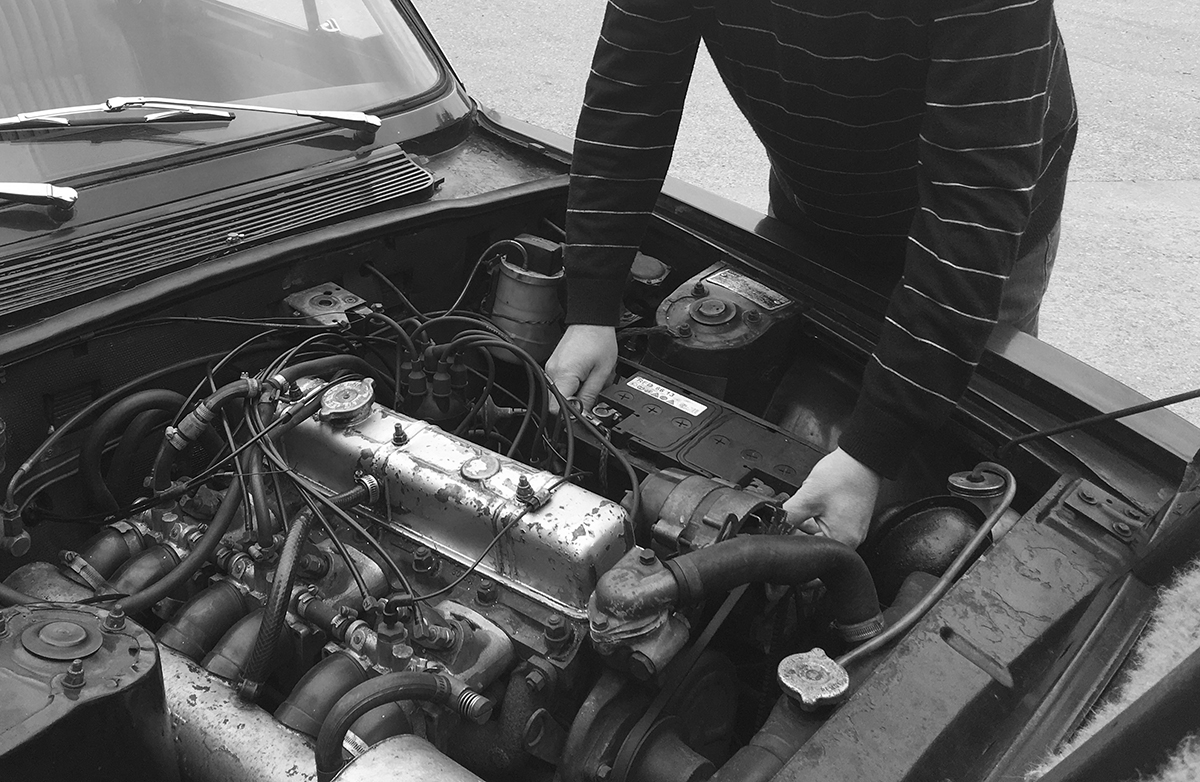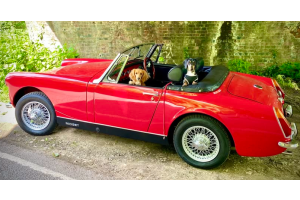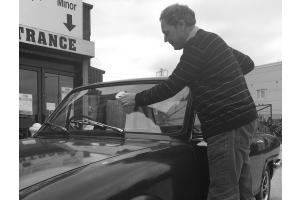Welcome to the final part of our '9 Revs To Summer' guide!
In our '9 Revs to Summer' guide we share with you 9 key areas to ensure your classic is ready to go. In this edition we include the final 3 jobs that need to be done!


7. CHECK FLUID LEVELS
The various fluids that are a part of a car should be regularly checked for correct levels. Everything ranging from the basics such as windscreen washer fluid to the more important brake & clutch fluid, coolant and oil. Classic cars especially require different variants of oil and fluids in order to keep systems healthy.
Some classic cars will have power steering fitted as standard. Specific power steering fluids are required so be sure you have the correct one before adding. If you find that you're frequently adding fluid, it's likely there's a leak, and your car will become increasingly difficult to steer if it isn't addressed.
Over time brake fluid can become contaminated by water, which can make brake lines rust. Leaks can also form, leading to a spongy pedal feel or irregular brake performance. Most cars have a brake fluid reservoir in the engine bay, and checking it is as simple as taking a look at its level and colour. Like with other fluids, make sure the level falls between the minimum and maximum indicators. Add more if it's below the minimum, but make sure it's a type compatible with your car. Brake fluid comes in several varieties with their own distinct colours, but all should be translucent, not cloudy or dark. If you can't see through your brake fluid, get it replaced.
Transmission fluid serves a similar purpose as oil in the engine: it lubricates and cools the components inside your transmission. Transmissions contain gears, clutches (even in automatics), and valves which must move smoothly to provide seamless shifts. While many transmissions come with "lifetime" fluid that should never need replacement, bad transmission fluid can cause rough shifting, strange noises, and uncontrolled surging that make driving difficult. If you experience any transmission issues, check the fluid first. Some cars have a dipstick; however others require a professional mechanic to inspect the fluid condition. If your car has a dipstick, the process is the same as above, though you'll need to have the engine turned on and the transmission in gear or neutral to get an accurate read. Inspect the fluid level, as well as its condition. It should be amber or red in colour, and feel smooth. Like with other fluids, if it's dark, cloudy, or gritty, it means there is a problem that needs to be inspected.


8. CHECK THE BATTERY
Regardless of whether you use your car every day or as a weekend toy, the battery is one of those components that require regular checks for power output. Voltage testers are great to keep at home or in the car to test just how well your battery is performing. If the power it’s producing is way below what it should be, it’s a good idea to get it replaced.
Symptoms of a battery on its way out? Simple, if the vehicle doesn’t start as well as normal or if you notice a change in electrics. Many new car batteries are of the sealed 'maintenance' free variety. But some older batteries allow you to access the individual cells. The cells will either have individual caps, or a plastic cover that clips over all, or some of the cells. The cells contain a mix of water and sulphuric acid, so you don't really want to be messing around inside them too much. You can buy a hydrometer-style battery tester that measures the specific gravity of the battery acid, and can tell you whether any cells are 'dead' or not. However knowing a cell is 'dead' is of no more use to you than knowing that the battery won't hold a charge, so a test of the resting voltage is just as effective a diagnosis.


9. WASHING YOUR CAR
Any car enthusiast loves a clean car. Whether it is classic or modern, a clean car is a happy car. Not only can a good wash make the vehicle look tip top, but it can also help protect the paintwork and body. Making sure you don’t scratch or cause swirls is something a lot of car owners like to avoid.
Washing your car (classic or modern) should be done out of direct sunlight where possible. It’s also recommended that two buckets are used. One for the soapy lather and the other full of clean water for washing your sponge or mitt. By having a second bucket, this will prevent dirt and grit from sitting in the mitt that will eventually scratch paintwork if not washed out correctly. It’s always recommended that clean drying towels are also used.
Classic cars and older vehicles especially are important to dry once the suds have been washed off. Classic vehicles, regardless of make or marque, will have gaps and seams (Handmade!) unlike modern cars where water will leak into and eventually cause some rot issues. Where possible, dry off any areas prone to this such as inside the door sills, boot lid etc. Polishing and waxing a car will not only provide that extra shine, but also protect the paint.
If you’re in a hurry to wash and protect your car (For example if you’ve just arrived at a car show), there are some products out there that don’t require water. Waterless wash & wax, quick detailer and many other products will act as a quick protectant without scratching.
For convertible soft tops, there are also specific cleaners and protectors for mohair and fabric soft tops.
To find out about products and parts that we can supply for your car simply call our sales team today on 0121 544 4444 and we will be happy to help!






